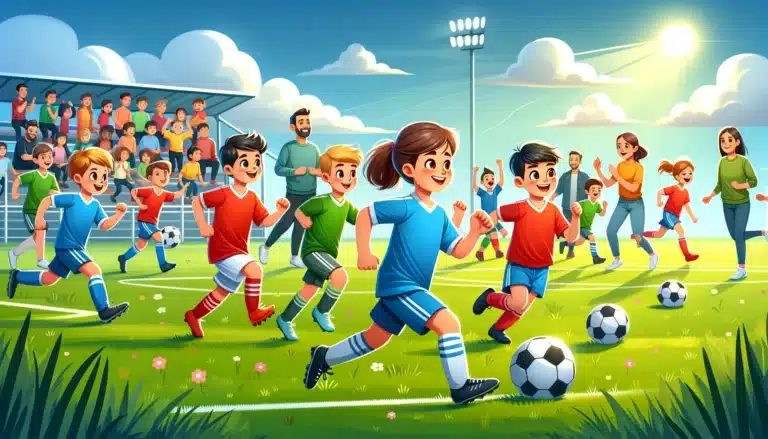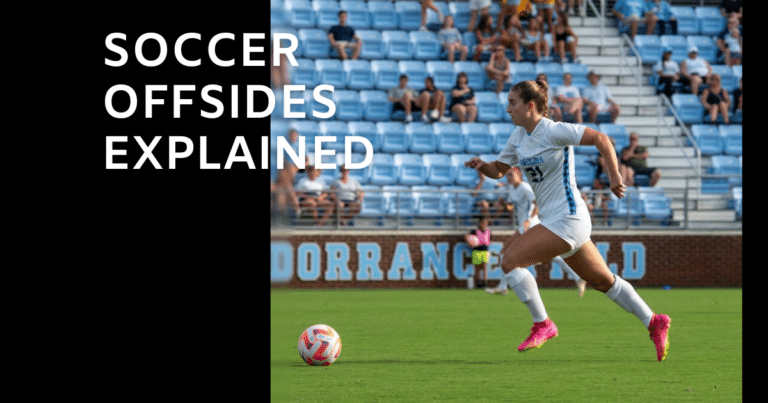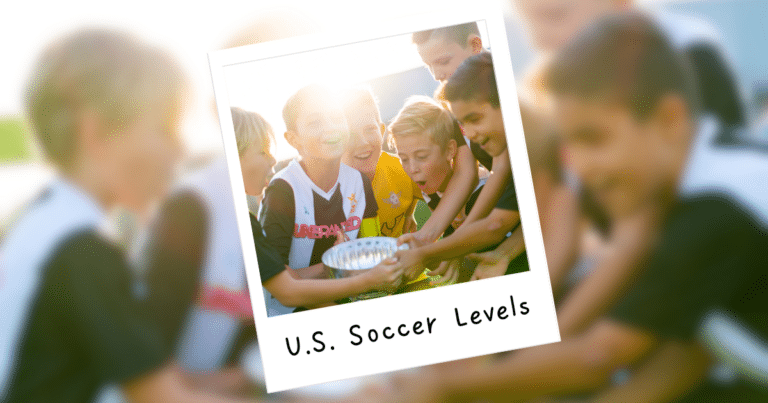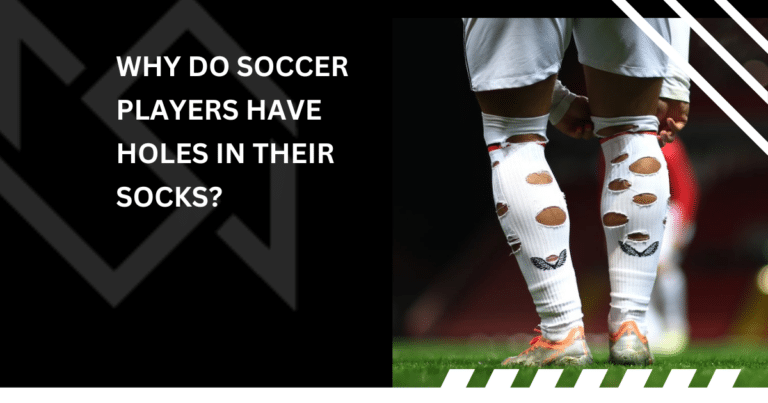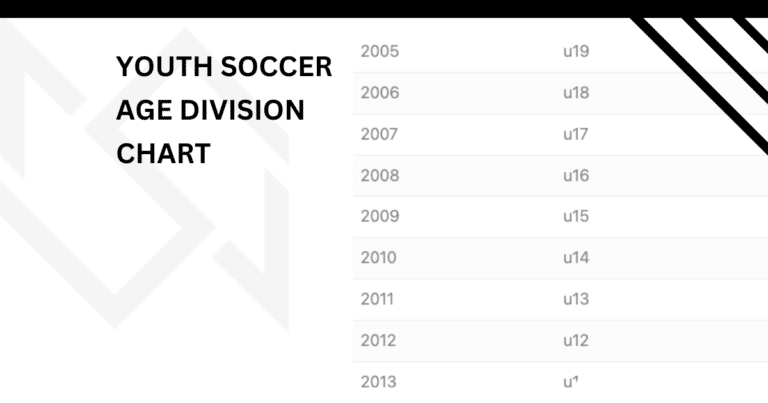Can You Play Soccer in a Cast?
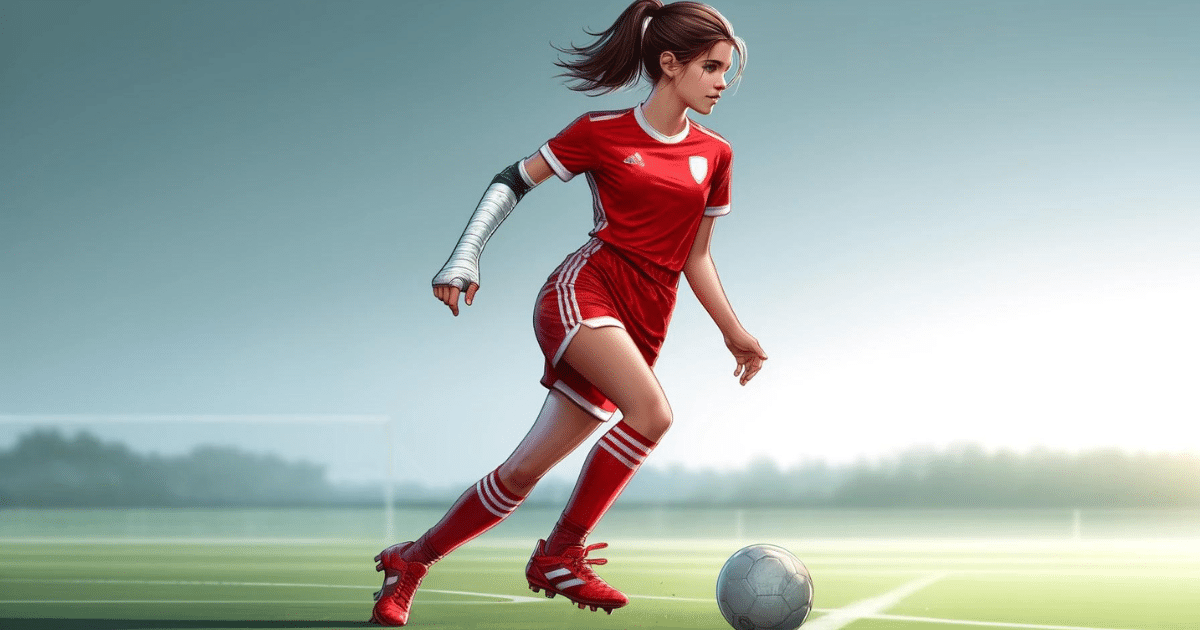
If you’ve unfortunately suffered an arm injury and you play soccer, you might be wondering if you can play soccer in a cast.
There are two answers to the question:
- Do the rules allow it?
- Are you medically cleared by a professional?
In most leagues, you will be allowed to play soccer with a cast if you are medically cleared and it’s not dangerous to other players.
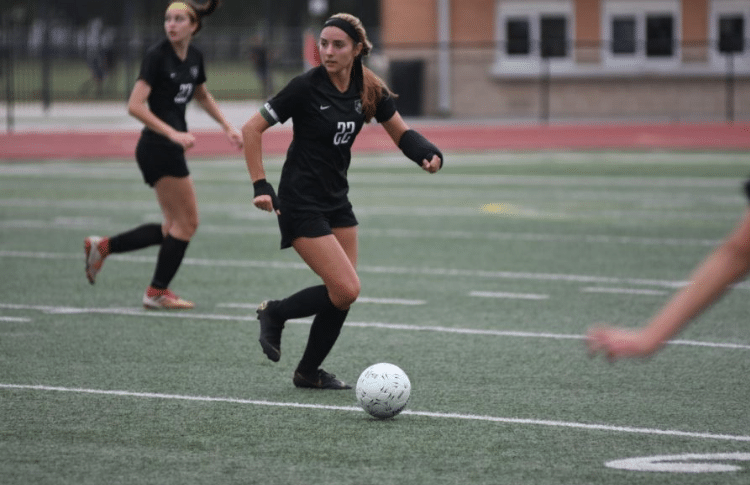
But, the topic can get a little fuzzy when you are looking at the entire landscape of soccer. Let’s dive in.
How to Play Soccer With a Cast On
According to many league guidelines, if you want to play a game of soccer while you have a cast on, the cast itself must have padding on it that is a certain thickness.
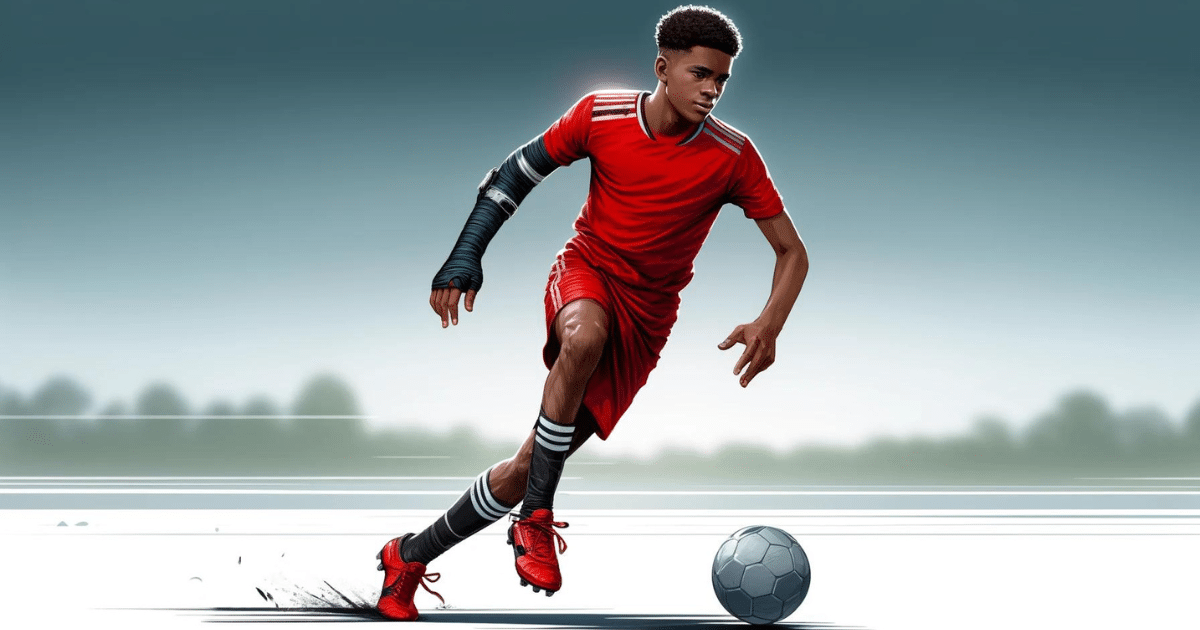
A cast is incredibly hard and can potentially be dangerous to other soccer players.
If you have suffered a severe injury, it may not be possible to play soccer with a cast.
For example, you won’t be able to play if you have broken an ankle, foot, or leg. This is pretty obvious but I had to point it out. In such cases, it is best to rest and recover fully before attempting to play soccer again.
If you are confident that you can play soccer with a cast, padding is the first and most important step for other player’s safety.
Check in With Your Director and Coach
If you are playing club soccer, you will want to reach out to your coach and/or club director to see if players are allowed to play in casts. Typically it is on a league-level so they will know the specifics.
If you are playing rec or travel soccer, it’s also best to check in with the coach. The decision could be at the soccer organization, board, town, or league level.
For example, any players playing within the American Youth Soccer Organization (AYSO) will not be permitted to participate in practices or games if they need to wear a cast.
Final Thoughts
When playing with a cast on in a youth soccer game, expect some dirty looks from other parents.
Some parents disagree with letting a player go out on the field with a cast even if it’s padded up.
In my opinion, soccer is one of the few sports that can get away with it. Most of the game is played with the feet so it limits the dangerous plays above the waist.
If you are a parent reading this and your child wants to play with an arm cast, I would check these boxes…
- Get clearance from a medical professional
- Check-in with your coach and league director to see if it’s okay to play in practices and games
- If it’s a go, ensure the cast is fully padded
- Practice first and assess how it feels. If it feels good, start playing in games.
At the end of the day, playing soccer with a cast requires careful consideration and consultation with a medical professional.
While it is possible, it’s always important to prioritize safety and take necessary precautions to prevent further injury.

Written By: Beau Bridges
Founder of SoccerNovo
I’m Beau 👋 a proud dad of an MLS NEXT player, former soccer coach, soccer enthusiast, and board member of our local youth sports program. I created soccernovo.com to share my knowledge of the game and help parents learn more about youth soccer in the U.S. I also authored an eBook ‘Soccer Coach Made Simple‘. Learn more about Beau.
Let’s connect


